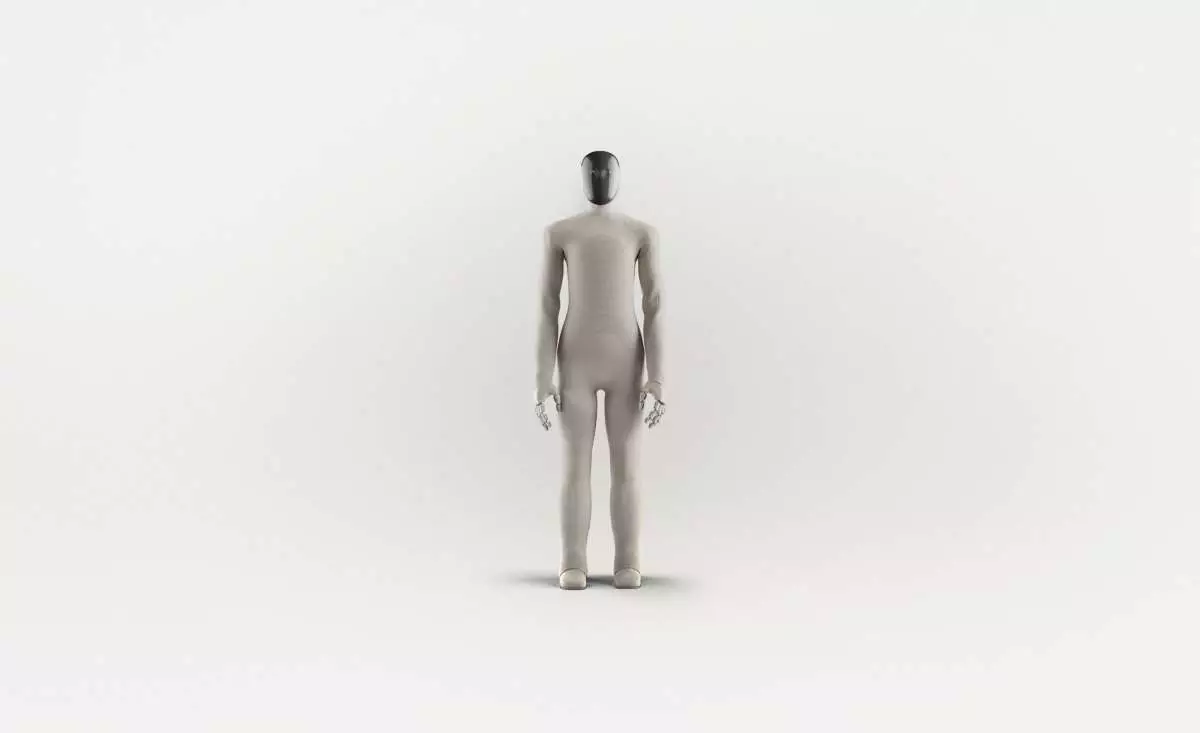The landscape of home robotics has taken a notable step forward with the announcement of 1X’s latest creation, the Neo Gamma. As a successor to the Neo Beta, which was launched in August, the Neo Gamma aims to set a new standard in domestic robotics. Unlike traditional humanoid robots that have primarily focused on industrial applications, Neo Gamma is designed with the home environment in mind. This shift in focus reflects an evolving understanding of the needs for robotics in everyday life and highlights the critical challenges that remain in making these machines truly functional and helpful in domestic spaces.
Key Features of Neo Gamma
Images released by 1X demonstrate the capabilities of Neo Gamma, showcasing its ability to carry out routine household tasks such as brewing coffee, laundering clothes, and vacuuming floors. At its core, the design of this bipedal robot emphasizes user-friendliness and safety, which are paramount considerations in home robotics. Notably, the robot’s exterior is constructed from a soft, knitted nylon material that minimizes the risk of injury during contact with humans. This softer approach epitomizes a significant trend in robotics—the necessity for machines that are not only functional but also approachable.
However, despite these advances, 1X acknowledges the limitations of the current iteration of Neo Gamma. The company has indicated that the robot is still in the experimental stage and is not yet ready for full-scale commercial deployment. This cautionary note underscores the broader reality of the robotics industry—creating a home-ready robot remains a formidable challenge.
The journey to successful home robotics is fraught with obstacles that extend beyond the technical specifications of machines like Neo Gamma. Safety is a paramount concern, especially given that these robots are intended to coexist with human users in intimate settings. The potential for accidents is a critical barrier that must be overcome. Unlike industrial robots, which operate in controlled environments, home robots must navigate dynamic and unpredictable living spaces filled with varying objects, pets, and children.
Moreover, 1X’s strategy shines a light on an inevitable reality—most home robots, particularly those that are humanoid in nature, have suffered from a lack of market traction. The only widely accepted domestic robots to date have been specialized devices like robotic vacuum cleaners from brands such as iRobot. This lack of diversity in domestic robot offerings reflects both a technological gap and the necessity for these machines to prove their practicality, reliability, and affordability in real-home scenarios.
Central to the development of Neo Gamma is a sophisticated onboard AI system which is crucial for enhancing the robot’s awareness of its surroundings. The demand for advanced perception capabilities cannot be overstated; without a nuanced understanding of its environment, a home robot risks causing harm to both people and property. 1X has placed a significant emphasis on teleoperation features, allowing human users to intervene should the robot misinterpret its surroundings.
Artificial intelligence is revolutionizing humanoid robotics, and at the forefront of this change is the partnership with OpenAI. This collaboration promises to enhance the interaction between people and robots through improved speech and body language capabilities, creating a more intuitive user experience. With the rapid expansion of generative AI technologies, the scope of what is now possible in robotics is expanding, albeit amid uncertainty and competition within the sector.
The Future of Humanoid Robots
As of now, the Neo Gamma serves as a compelling glimpse into the future of robotic assistance in homes. However, achieving a successful market presence is contingent on overcoming a series of hurdles related to cost, functionality, and safety. Initial product demonstrations suggest a versatile and effective robot, yet these are largely proof-of-concept efforts. A shift from pilot implementations in controlled environments to practical everyday usage is necessary for real-world acceptance.
While the Neo Gamma is poised to be a remarkable technology, the journey to making humanoids a staple in households will require continued innovation and an agile response to consumer needs and safety standards. As aging populations seek independence and convenience, the role of robots like Neo Gamma may well become a necessity rather than a novelty, if manufacturers are diligent in addressing the myriad challenges ahead.
The unveiling of the Neo Gamma marks both a monumental step in robotic design and a poignant reminder of the complexities involved in integrating machines into our homes. As we strive towards a future where homes are enhanced by intelligent robotic assistants, the lessons learned from these early prototypes will undoubtedly shape the trajectory of this exciting technology.

